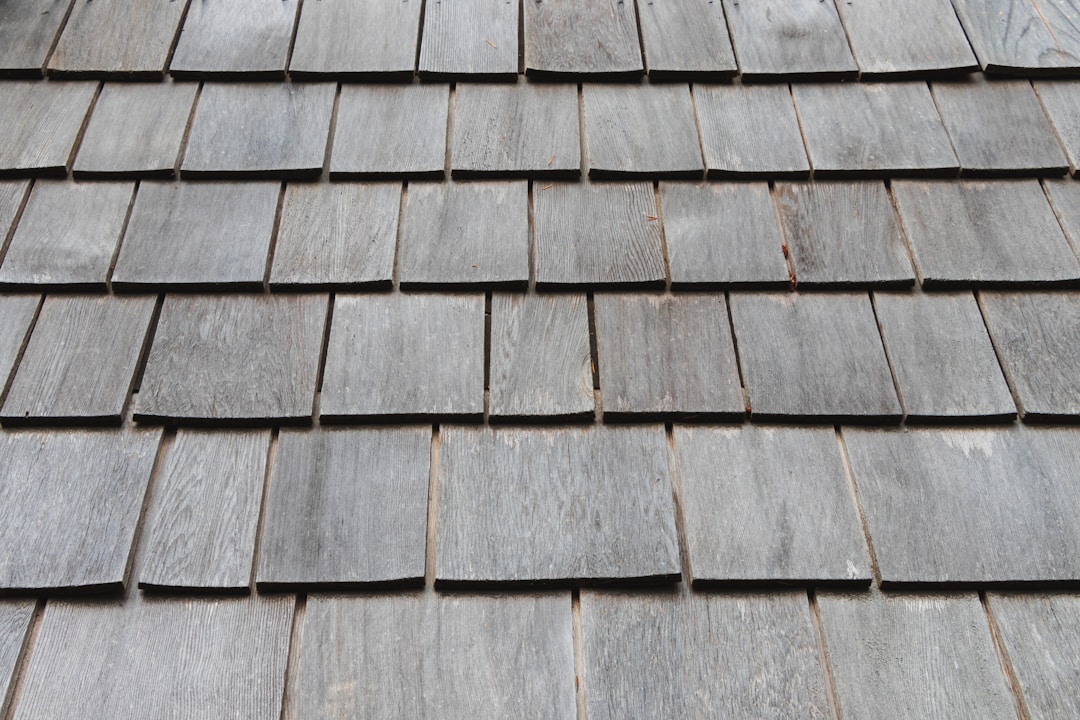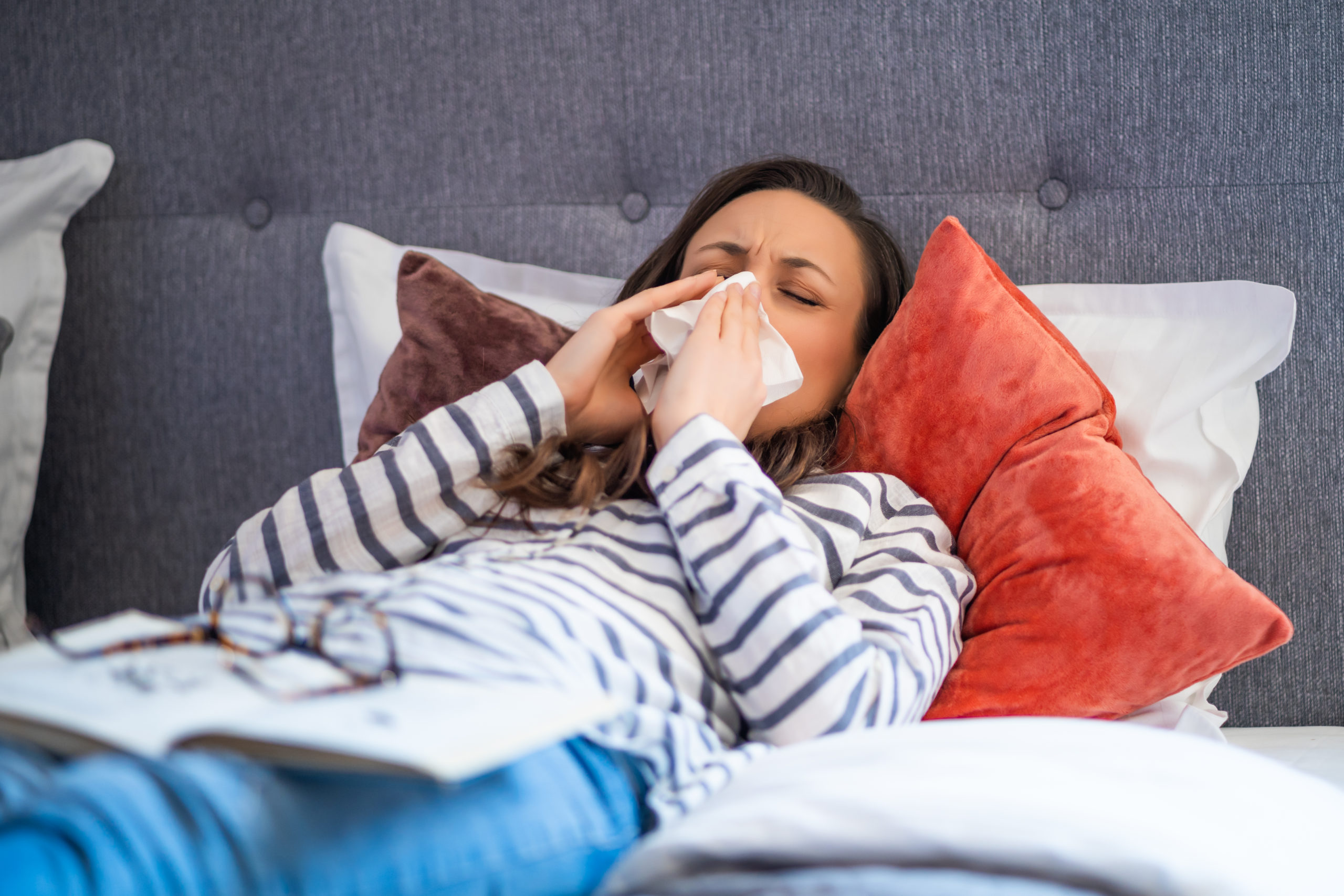When most people think of nasal allergies, the onset of spring and pollen clouding the air may come to mind. However, some people regularly experience a runny nose, sneezing, congestion, sore throat, itchiness, watery eyes, and other allergy symptoms that typically characterize seasonal allergies no matter the time of year. In such cases, individuals may be suffering from allergies set off by indoor triggers. Common indoor triggers that can aggravate a person’s asthma or allergies include dust mites, pet dander, smoke, perfumes, lotions, air fresheners, cleaning products, and strong odors. There may also be less common, more surprising allergy triggers in your home.
Identifying any allergy triggers around you is crucial because seasonal allergies can contribute to severe health conditions, such as a sinus infection. Rather than waiting for your allergies to worsen with seasonal changes, consider trying to identify impairments to your home’s air quality and allergy triggers in your home. Listed below are some triggers in your home that may surprise you.
Any Stuffed Toys and Fabrics

When you think of household causes for allergic reactions, it can be easy to assume that pets, pet dander, and dust mites are primary allergy triggers. Regarding dust mite allergens, homeowners and residents should consider where these particles can settle. Unlike pet allergens, dust mite allergens typically don’t remain airborne—they can settle into fabrics such as bedding, upholstered furniture, pillows, and stuffed animals. Furthermore, stuffed animals may contain materials, dyes, and irritants that trigger asthma or allergy symptoms. Try hot water to wash these plush items or freeze them for 24 hours to reduce dust allergens and kill mites.
Your Furniture

Like stuffed toys, upholstered furniture pieces can attract dust mites. These allergens usually cling to heavy particles that can’t stay in the air for too long. One solution to this problem is investing in smooth, wooden furniture pieces. Other more comfortable options include furniture made of high-quality faux leather consisting of polyester, nylon, cork, and more.
Open Windows
Some people may embrace opening their windows and enjoying fresh air all day and night. They may not know that this practice can contribute to the allergy symptoms they experience, depending on the pollen levels outside. Keeping your windows open can expose your home to floating pollen. Homeowners in Central Texas, for instance, should be cautious with this practice during winter because of the cedar fever phenomenon. Cedar fever is common in areas with many mountain cedars or juniper trees. Mountain cedar and Ashe Juniper, a similar allergen, are highly potent. Juniper pollen allergy symptoms like itchy eyes, congestion, coughing, wheezing, and more can be unbearable. Ultimately, this allergen can lead to sinus infections related to allergic rhinitis that can cause fever. Consider purchasing an air filter that reduces how much pollen enters your home. Also, consult an allergist or specialist who can customize a treatment plan for you that enables you to treat ailments caused by a wide range of allergens rather than just masking your symptoms.
A Roof Ruined by Humidity

Perhaps the most surprising allergy trigger of all is the roof. Some individuals may not realize their roof can impact their allergies because they don’t directly contact it. However, humidity and heat can cause roofing problems such as curling or shrinking shingles, splits, and cracks that allow water in and contribute to water damage and threaten your safety. Additionally, humidity also causes wood rotting and mold that can impair your home’s air quality and set off allergic reactions.
Call on a professional to regularly examine your roof for indicators of water damage and other concerns, and install a new roof as necessary. Only roofing experts should be responsible for gutter, shingle, and roof replacements. Consider enlisting the services of contractors and roofing teams at a reputable, local roofing company. For homeowners in Georgia, for example, this means identifying the best roofer Marietta, GA, has to offer and trusting these professionals to provide high-quality service enhancing your roof and your home’s structure. Staying updated on your roof’s condition is a great way to protect your property and your health.

